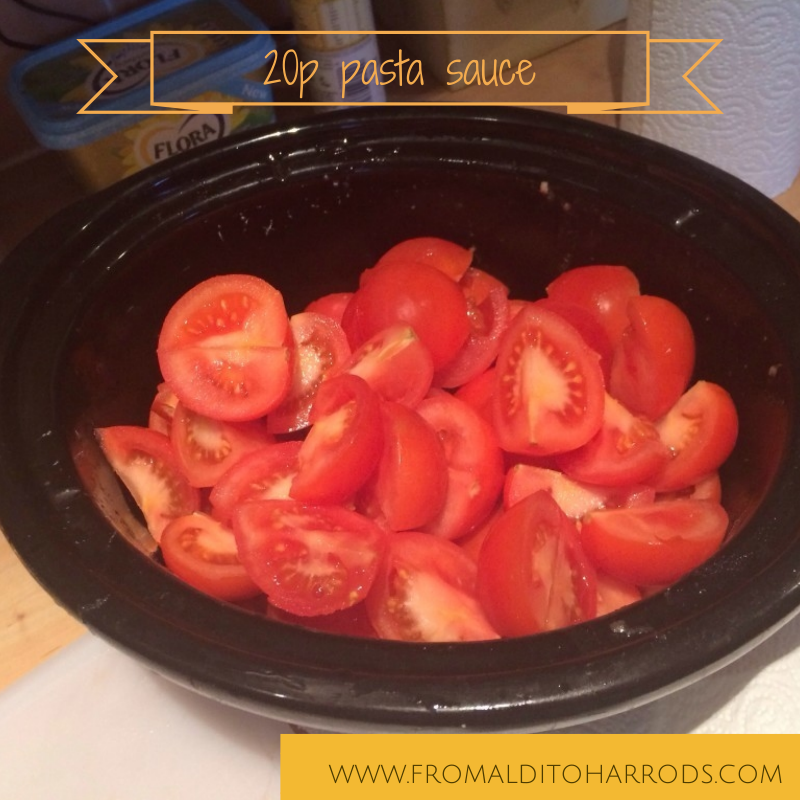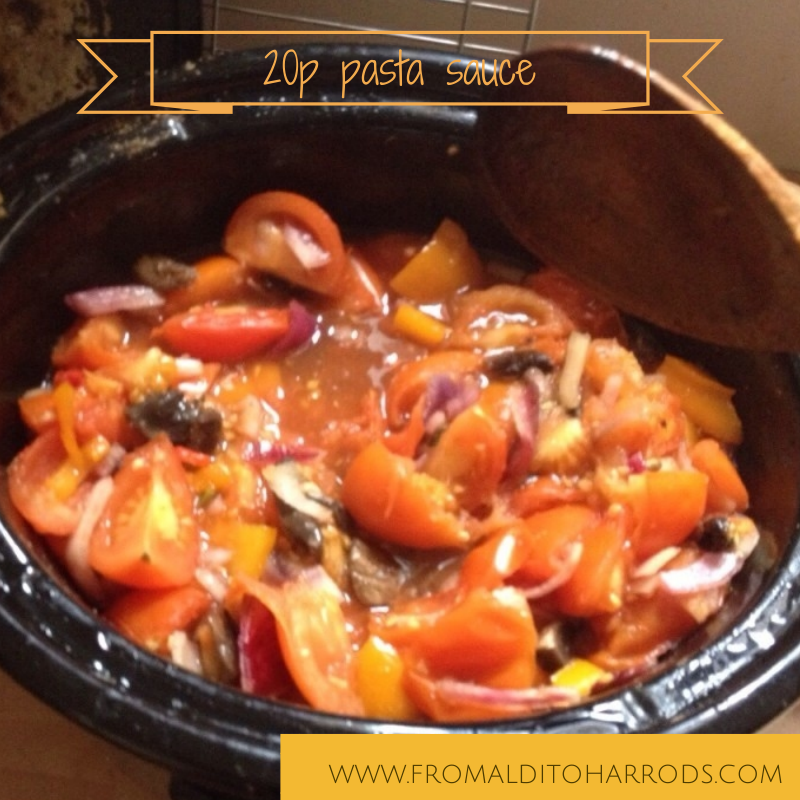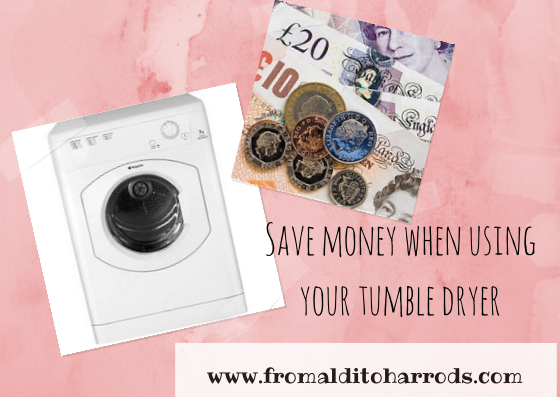
Do you know how expensive men’s hair cuts are? I almost fell to the ground when Tony told me that his most recent paid haircut was £11. We live in a small village with two barbers, so it’s not as though we are paying London prices. After that, I decided that I’d swot up on how to cut Tony’s hair myself. Gulp.








